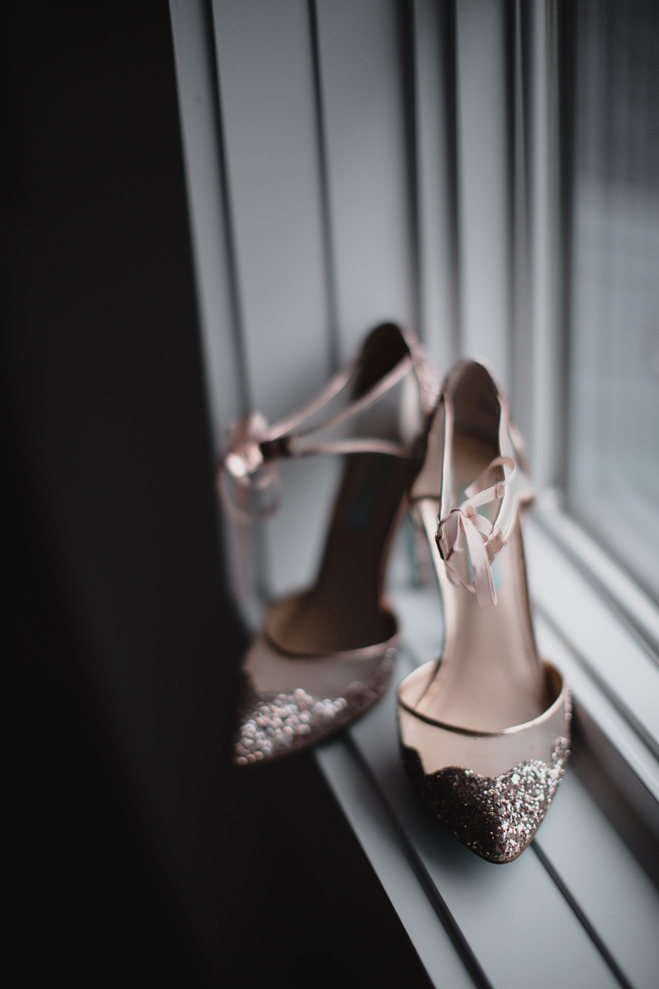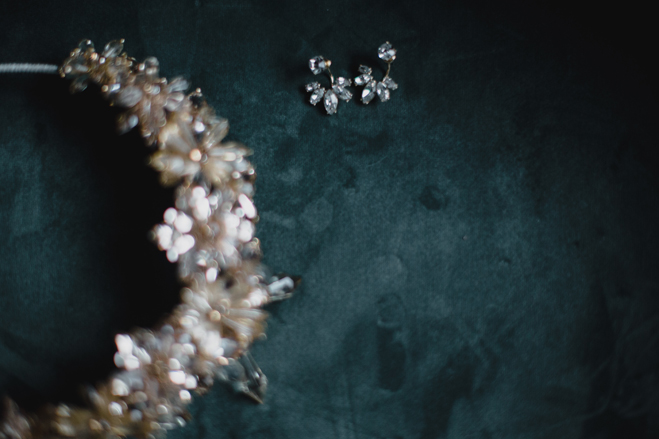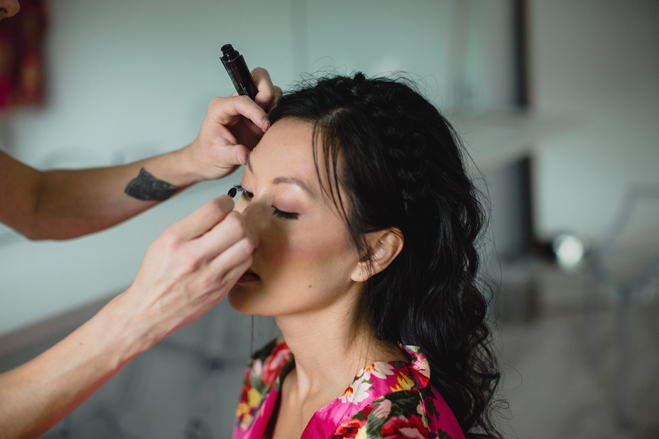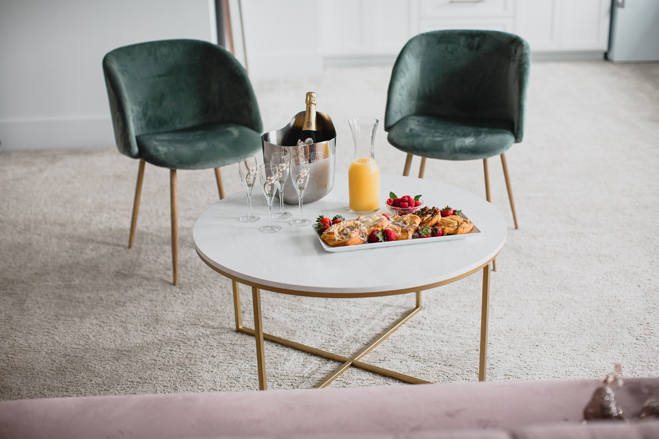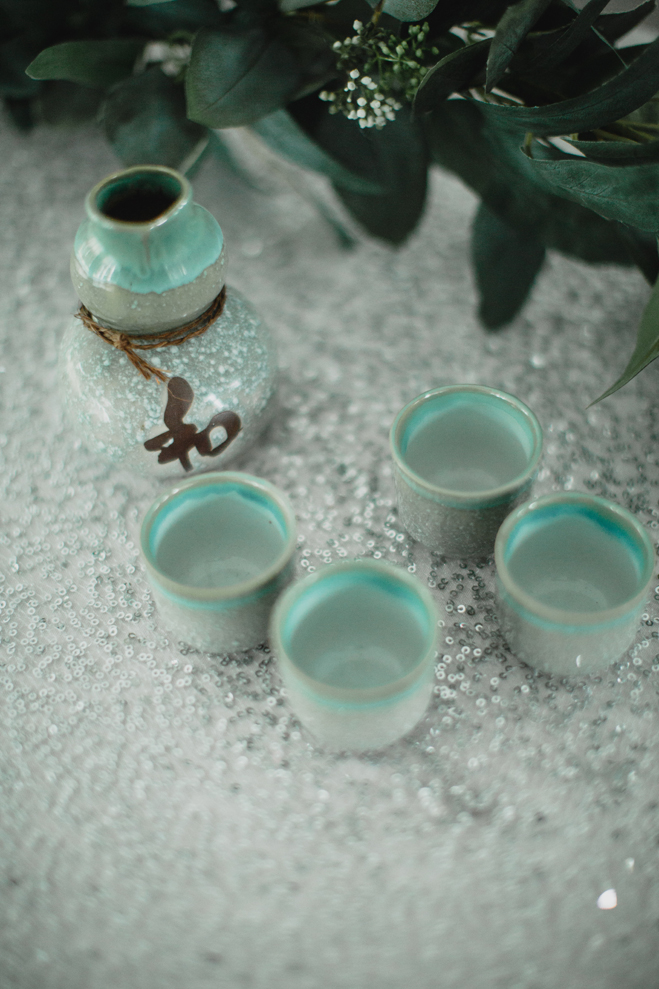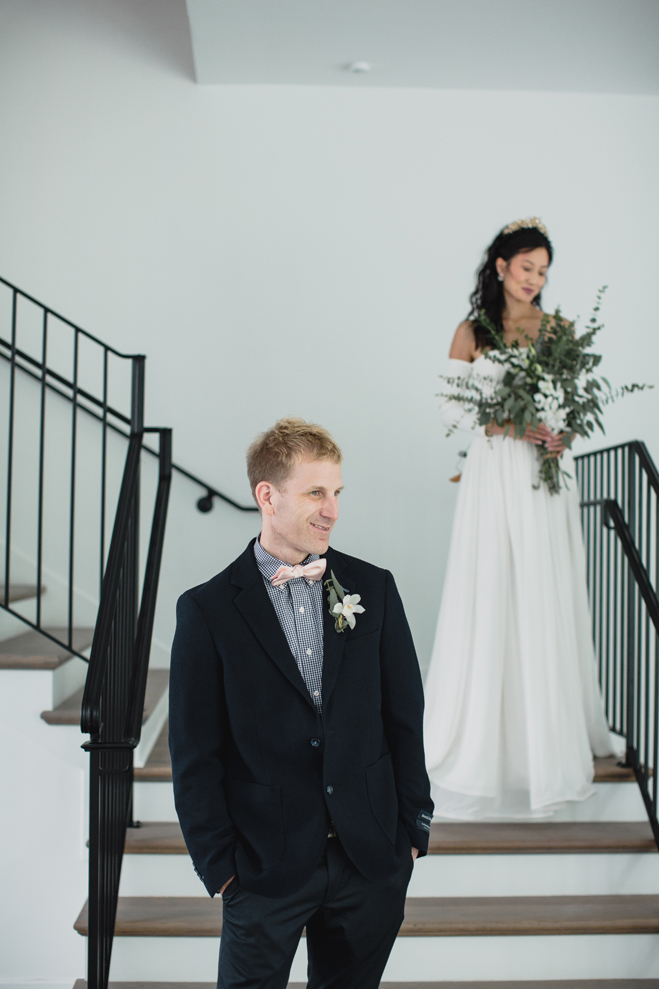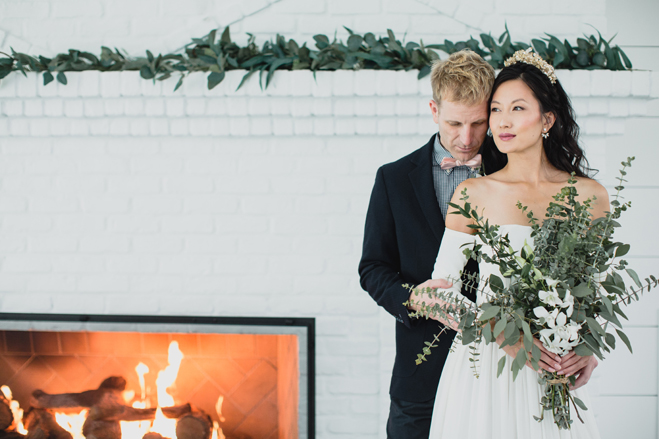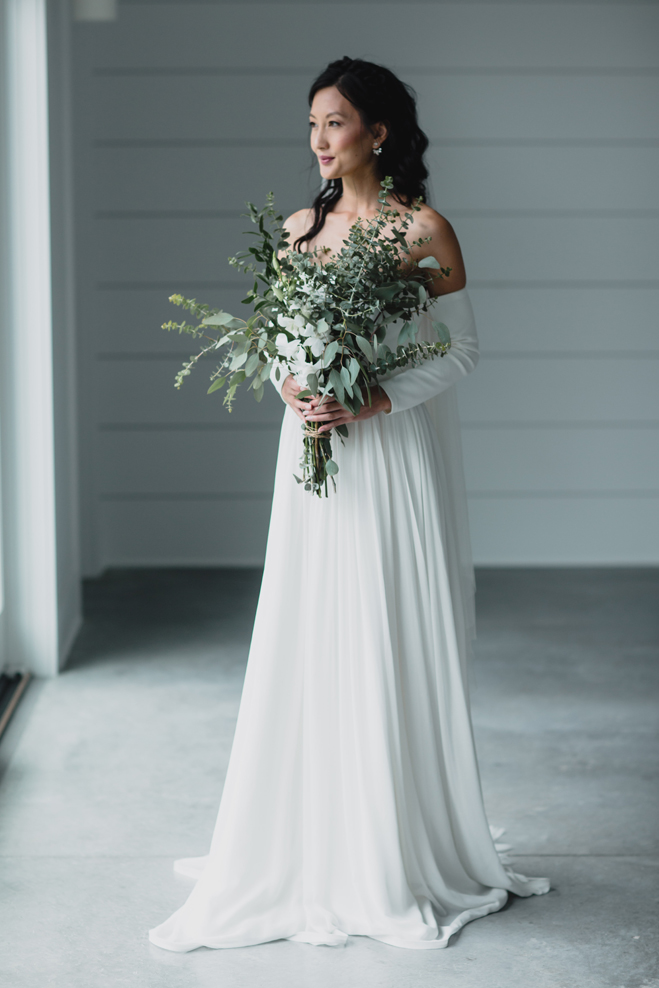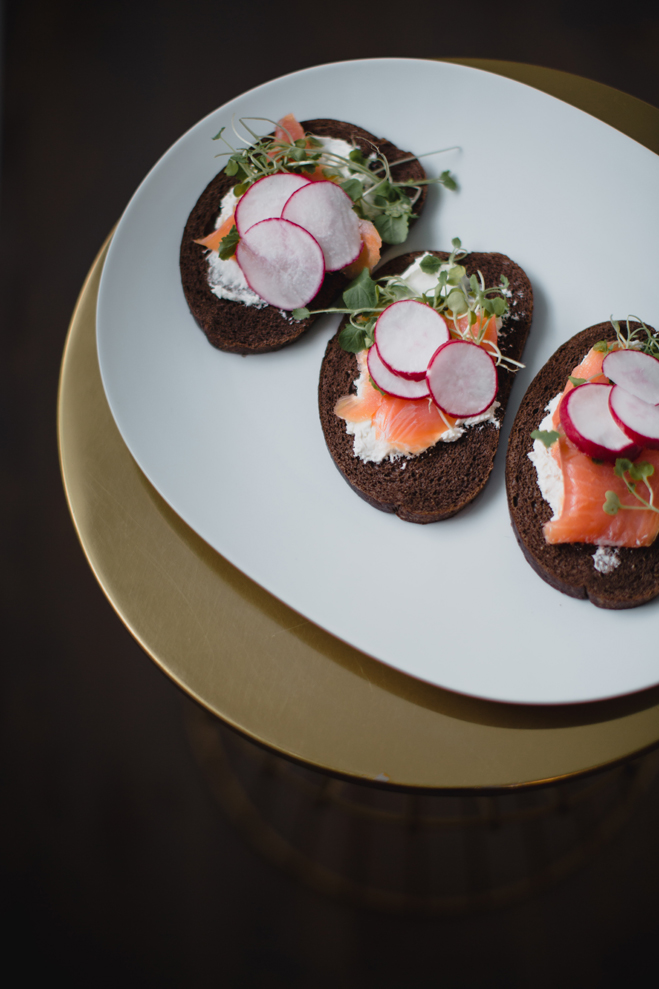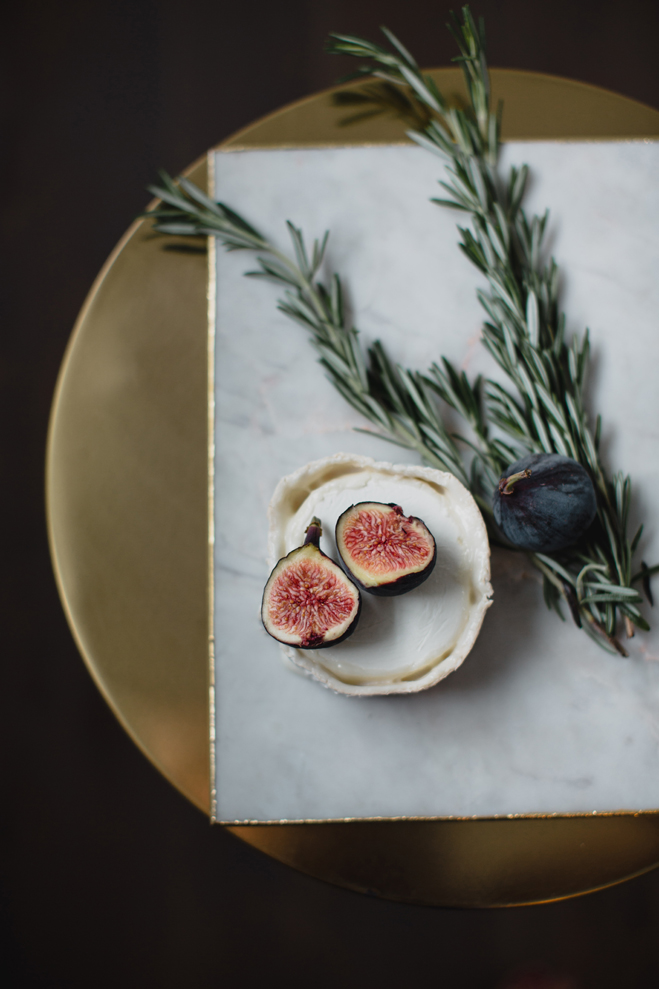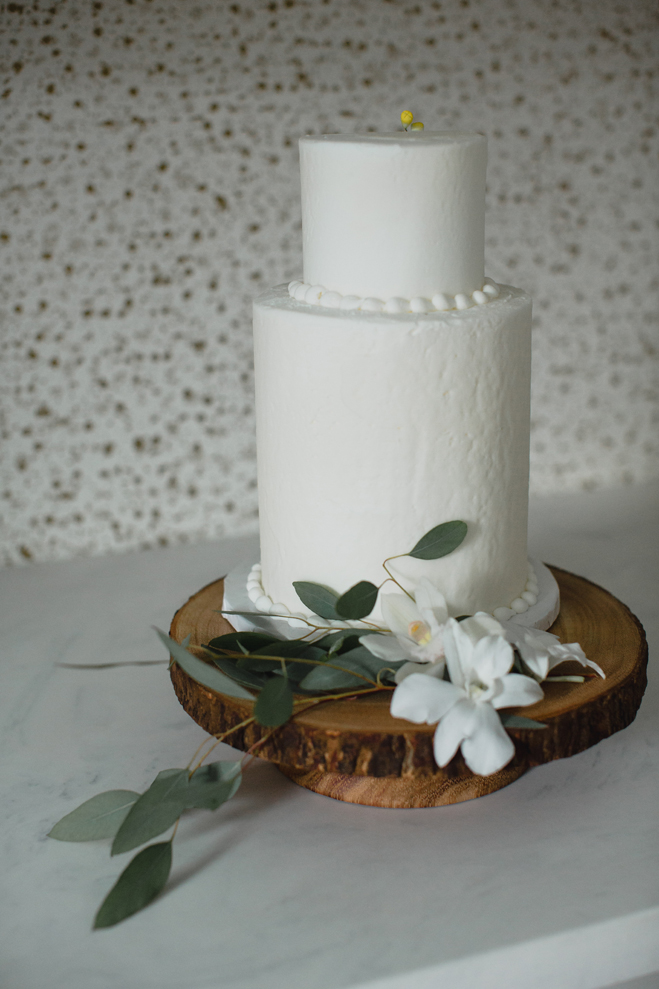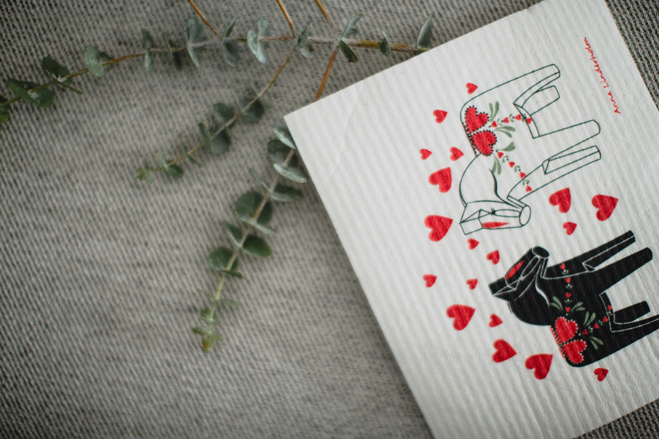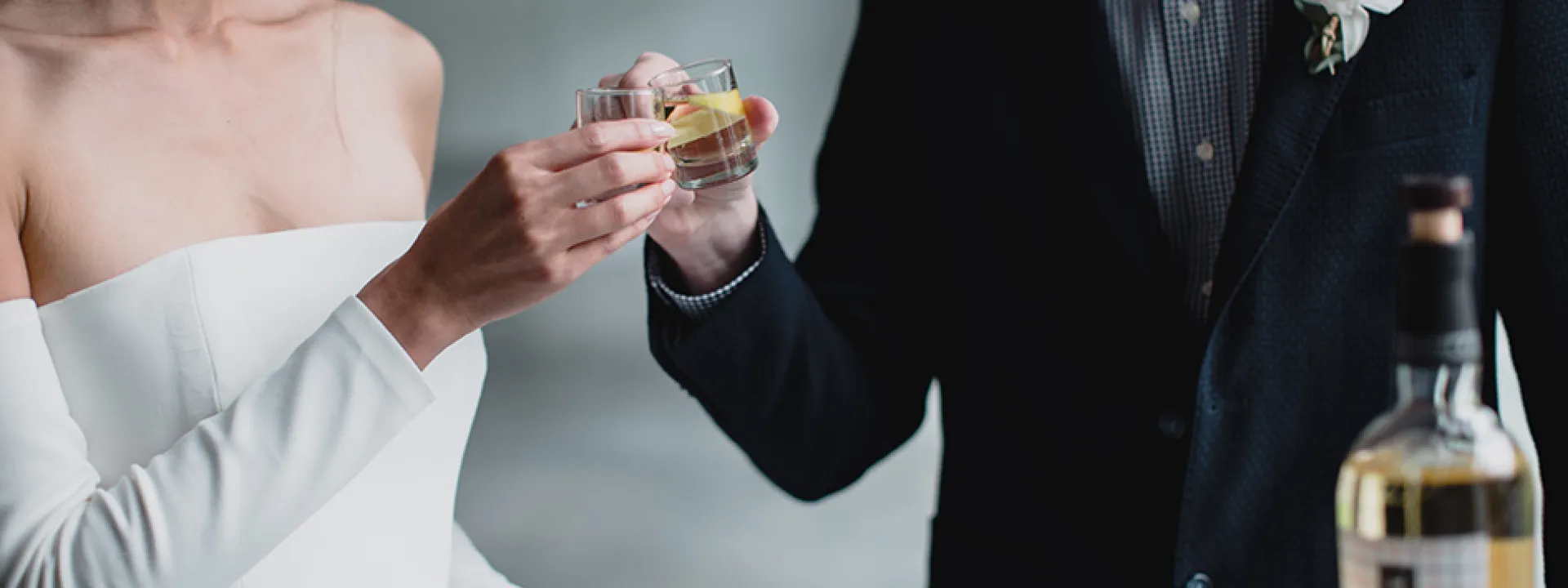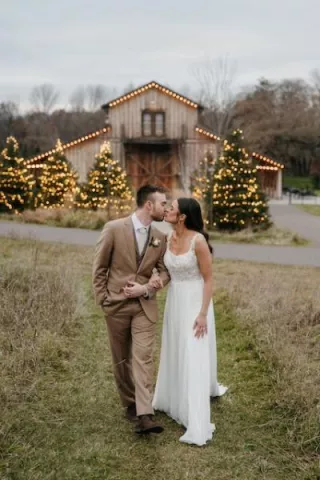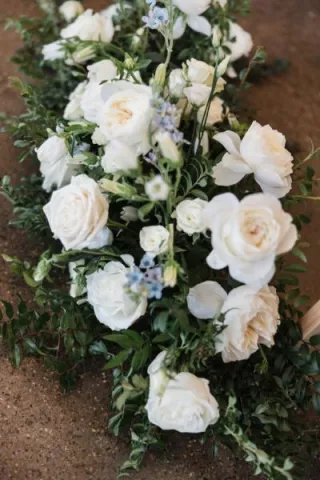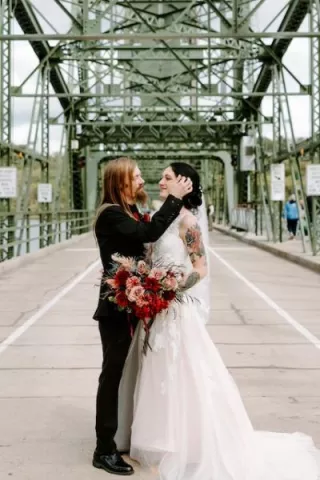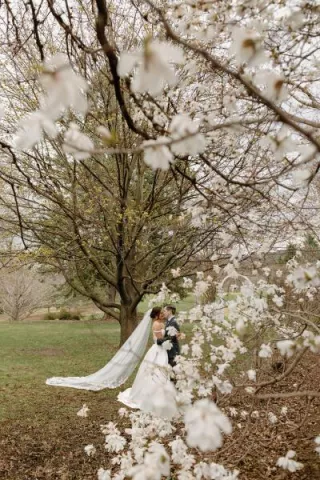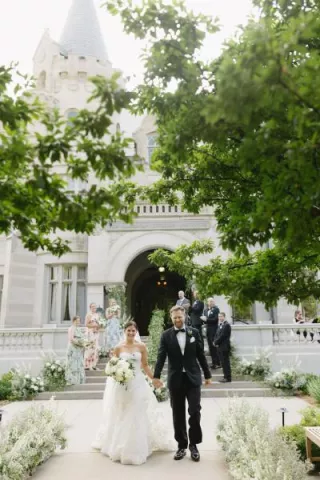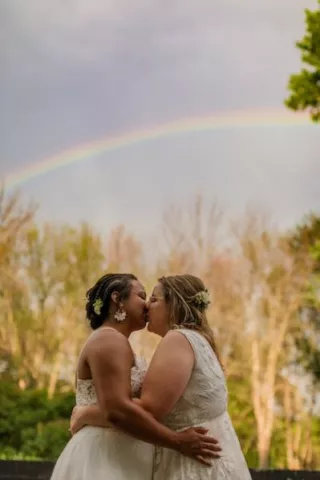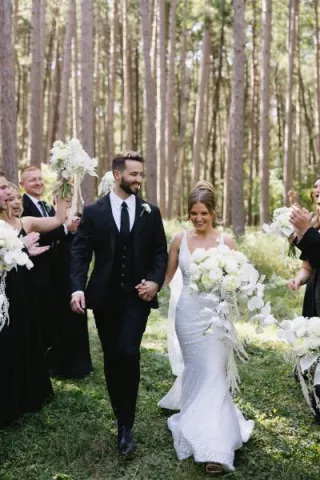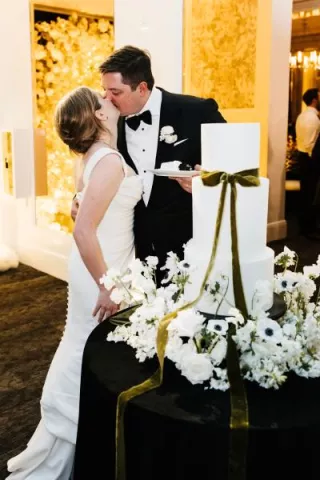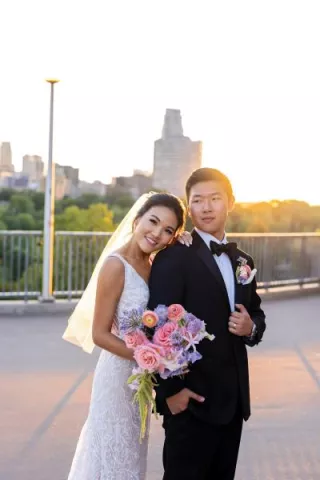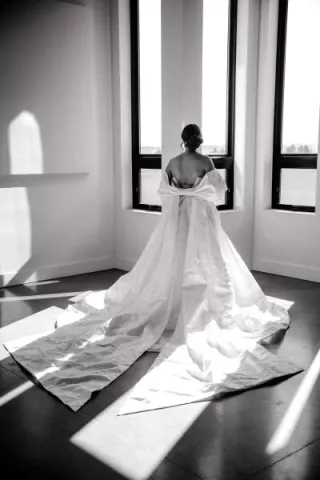We love when two cultures merge—the traditions, the food, the drinks! It's such a great way for families and friends to bond and celebrate together. Showcasing different and similar traditions makes for great memories and a unique event. Below, find eight tips on hosting a cultural fusion wedding from local pros, and draw inspiration from a gorgeous styled shoot coordinated by Jules Annen and Missy Caris.
1. Communicate with Both Sides of the Family
Communication is paramount to the wedding planning process in any culture. Spend time as a couple discussing which traditions from your faith and/or culture are most meaningful to you. Then share with your family which traditions you’d like to incorporate. It’s important to be clear and set up expectations from the beginning, as it can reduce misunderstandings in the future. Even if your parents aren’t planning any of the events, keep them in the loop on what’s going on. While a wedding has the inherent ability to connect two families, a multicultural wedding can form lifelong relationships.
2. Find Similarities in Traditions
You’ll want a few unique traditions to highlight at your wedding, but also consider overlapping traditions or rituals. For example, in Japanese culture the bride and groom drink sake, three times each, from three different-sized cups prior to the meal. Similarly, in Scandinavian culture, the bride and groom drink Aquavit, derived from the Latin aqua vitae or ‘water of life’, as an aperitif. Consider creating a signature fusion cocktail. When mixing alcohol, think about the sensory balance of sweet, sour, bitter and strong.
3.Hire a Wedding Planner Who Specializes in Multicultural Weddings
Hiring a wedding planner who specializes in and has experience planning multicultural weddings will save you a ton of time and stress. Jennae Saltzman of Blush and Whim Wedding Planning & Event Design points out that planners with this area of expertise will be able to assist you with incorporating many different traditions and religious aspects of the ceremony, obtaining proper licensing and permits for any cultural dances, parades, etc. and above all give guidance on what has worked well in the past and what to be aware of as you prepare for you event. Planners will also be able to provide you with a list of vendors who have executed events similar to yours in the past and who will deliver a high-quality product and level of service.
4. Hire an Officiant who will Perform an Interfaith Ceremony
Some officiants may not have experience with or be willing to conduct a ceremony that involves multiple faiths. Reach out to friends, relatives and search Minnesota Bride’s vendor directory to find someone who is open to performing an interfaith ceremony. You may also want to consider bringing in officiants from both backgrounds who can perform the ceremony together. Leslie Johnson of Ceremonies by Positively Charmed adds, “honoring tradition holds sacred space with clarity and integrity, and in so doing receives a multitude of blessings from our interwoven fabric of humanity.”
5. Find a Venue that Matches your Aesthetic
When researching venues, examine the existing decor to determine if it aligns with the style of your cultural fusion. For example, a rustic barn wedding may not be a match for the ornate Asian style; however, a space like The Hutton House with its soaring ceilings, natural light and warm, white aesthetic, offers versatility. Nicki Gavin, Marketing and Sales Manager of The Hutton House says, “our beautiful white backdrop gives clients the flexibility to customize the space to highlight their unique event.”
6. Inform your Guests and Get Them Involved
Help your guests feel welcome and invite them to get involved. Find ways to include immediate and extended family. Consider scheduling a dance class for family members and the wedding party. A planned flash mob can add an element of memorable entertainment.
There are several ways you can explain and inform your guests about your unique wedding plans: your wedding website, your wedding invite, the welcome bag, your wedding program and if the DJ is willing, he/she can share the history and importance of certain traditions during the reception and dance.
7. Make a Statement with Your Dress, Accessories, and Hair and Makeup
In Western culture weddings, a bride typically wears a white dress while the groom wears a tuxedo or suit. But in Eastern cultures, dresses and suit colors can range from red to blue to purple. Choosing a white dress may give you the freedom to accent it with bright colors. You can also make a cultural statement with your jewelry. A Fengguan or phoenix crown, is a large headdress worn by Chinese brides. A modern way to honor this tradition is with a small tiara.
Victoria Ohlhauser of Primped On-Site Hair and Makeup says, “remember to share photos of your dress and bring your accessories to your practice run with your hairstylist and makeup artist. He/she will collaborate with you to achieve a cohesive, flawless look that photographs beautifully.”
8. Get Innovative with the Menu
Whether you choose to combine elements of different culinary traditions or offer the original dish, your guests will enjoy the many different flavors that a fusion wedding has to offer.
Surveys show that 64 percent of wedding guests claim that food is one of the most important aspects they remember about a wedding. No matter how you serve it -plated, buffet style or family style- just be sure that your food is sensational and plentiful. Consider a multicultural treat favor table as part of the dessert. Bowls of Scandinavian candy, like Swedish Fish and Asian favorites like Pocky are sure to be a hit.
